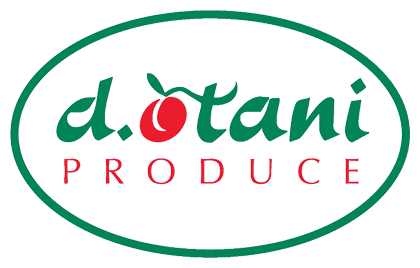An examination of the latest scan data of fresh produce retail sales in California reveal that organic produce sales have stabilized, or at least there was a slowdown in the second quarter of 2019 compared to 2018.
Organic produce sales have been rising at a double-digit pace for the vast majority of the past two decades. Of course, industry experts have long observed that organics only represented a small percentage of total produce sales, so double-digit increases were coming from a small base. There has been expectation that gains, on a percentage basis, would naturally decrease as the base volume increased. That has been noted in the past year, but the recent Fresh Produce & Floral Council Market Report actually registered a decrease in overall organic produce dollar sales for quarter two in the state of California. There were some mitigating factors and time will tell if the quarter was an aberration or a reflection of current trends.
The FPFC Market Report is a proprietary, quarterly survey of the California retail produce marketplace prepared exclusively for FPFC members by Chatsworth, CA-based Fusion Marketing. The marketing agency analyzes scan data from California retail produce departments each quarter and prepares a report for FPFC members. In addition, Fusion takes a deeper dive into a specific aspect of California retail produce sales in a webinar for those members. Its Sept. 19 webinar was entitled Organics: Changing Trends.
Senior Category Analyst Valerie Ferguson reported that during the first two quarters of 2019 there was a 2.7 percent decline in organic produce sales revenue. This was the first time there has been a decrease in comparative quarters over the previous five years. In fact, all of the decrease plus more came from the second quarter of this year. Last year, California organic produce sales registered a healthy 6.2 percent increase in dollar sales, with total organic produce sales topping $826 million. Even during the first quarter of 2019, sales continued to rise both in terms of volume and dollars. Q1 2019 saw total sales of $203.2 million compared to Q1 2018, which registered $201.5 million in sales. Organic produce volume also grew in Q1 2019, from 69.5 million pounds a year earlier to 70.8 million pounds.
Q2 showed a reversal of the trend. In Q2 of this year, 68.9 million pounds of organic produce were sold in the Golden State (in stores covered by the scan data) compared to 71.6 million pounds a year earlier. Dollar sales decreased by an even greater percentage — from $212.7 million in Q2 2018 to $200.1 million in Q2 2019. Those figures represent a 3.7 percent decline in volume and a 5.7 percent decline in dollar sales.
The larger dollar sales decline can partly be explained by a decrease in the average per pound cost of organic produce. Of course, the two go hand in hand, and average cost of organic produce has been inching lower for the past five years. The Fusion presentation showed comparative figures dating back to Q3 2015 when the average retail price per pound for organic produce was $3.07, which was the high water mark. The Q2 price of $2.90 is not the lowest number in the past four years but the figure only dropped below $2.90 three times. Most do believe that organic produce sales will increase as the price gap between conventional and organic produce shrinks, so the decrease in revenue is not nearly as thought provoking as the decrease in volume.
On the positive side, the Q2 FPFC Market Report showed that organic share of sales remained stable for the past 52 weeks in California, representing 6 percent of the volume and 11 percent of the dollars. Ferguson said organic produce growth outpaced conventional produce growth by more than 4 percent in volume and about 1 percent in dollar sales. Organics, in fact, contributed 18 percent of total produce dollar growth over the past 52 weeks. During that time period, total produce growth in California was estimated at $88.2 million with organic produce scans representing almost $16 million of that.
A further look at organic produce sales in California show that all of the dollar growth came from the vegetable side as organic fruit sales declined $2.2 million while organic vegetable dollar growth topped $17.5 million. On the vegetable side there were seven core items registering double-digit dollar growth in terms of percentage: spinach, celery, cucumber, asparagus, beans, cabbage and cauliflower.
While organic fruit sales as a category lagged behind, there were some winners. Organic grapes and organic avocados each registered dollar growth gains above 22 percent.
The FPFC Market Report does register a snapshot in time while it also places that snapshot in context with numbers from the previous four to five years. Future reports will show whether the slowdown in organic produce sales during the second quarter of 2019 were the result of external factors such as supply and an overall seasonal decline, or if it is a harbinger of things to come.

